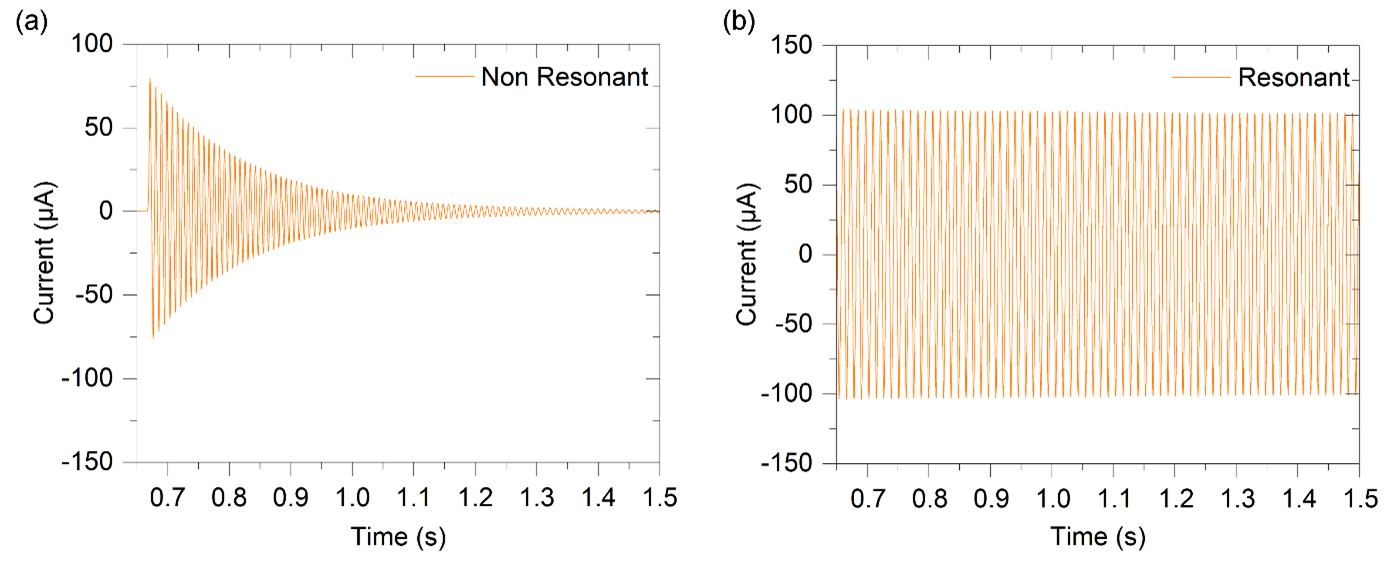Thermomagnetic Generators
Our research focuses on developing energy harvesting systems utilizing magnetic shape memory alloys (SMAs) and other thermomagnetic (TM) materials for efficient low-grade waste heat recovery below 200°C. As part of the collaborative EU project HEAT4ENERGY (https://heat4energy.eu/), we continue to develop thermo-magnetic generators (TMGs), with particular emphasis on upscaling power output, extending operational ranges, and exploring alternative transduction methods.
The core achievements include reaching 50 µW/cm² power density, enabling operation at low heat source temperatures of 40°C, and developing lumped element models (LEMs) for simulation and design optimization. Additionally, we explore piezoelectric transduction as an alternative to inductive energy conversion, achieving significant voltage enhancements.
TMG operational principle
Ferromagnetic SMAs, such as Ni-Mn-Ga or Gd, show a martensitic phase transformation and a ferromagnetic transition at the Curie temperature. Both effects cause abrupt, strong changes of magnetization that are used here for energy harvesting. The device schematic and operation principle is shown in Figure 1. Due to the initial magnetization of the TM material, it is attracted towards the permanent magnet placed above. Upon contact with the magnet, which also serves as a heat source, the TM material demagnetizes when the Curie-temperature is reached and the magnetic attraction forces reduce strongly. The elastic forces now cause the cantilever to swing away from the magnet and allow the TM material to cool down and remagnetize. Thus, periodic heating and cooling results in an oscillatory cantilever motion. A coil is positioned at the cantilever end. Thereby, the motion of the coil within the magnetic field induces an electric current, which can be used to charge a battery.

Figure 1: Thermal Energy Harvesting using a TM material. (a) Schematig of the TMG. (b) Operation cycle of the TMG. State I: Magnetric attraction of the TM material. State II: Heating of the TM material during contact with the magnet. State III-IV: Release from the magnet and swing back due to reduced magnetic attraction forces. The TM material cools down and the cycle repeats. (c) Photo of the device in motion.
The energy harvesting output can be enhanced by utilizing a unique mode known as resonant self-actuation. This mode of operation prevents oscillation decay, ensuring the device operates optimally and generates maximum output. Figure 2a illustrates the output of a TMG in non-resonant self-actuation, while Figure 2b depicts the output with resonant self-actuation.

Figure 2: a) Output of TMG while operating in non-resonant self-actuation mode. b) Output of TMG while operating in resonant self-actuation mode

